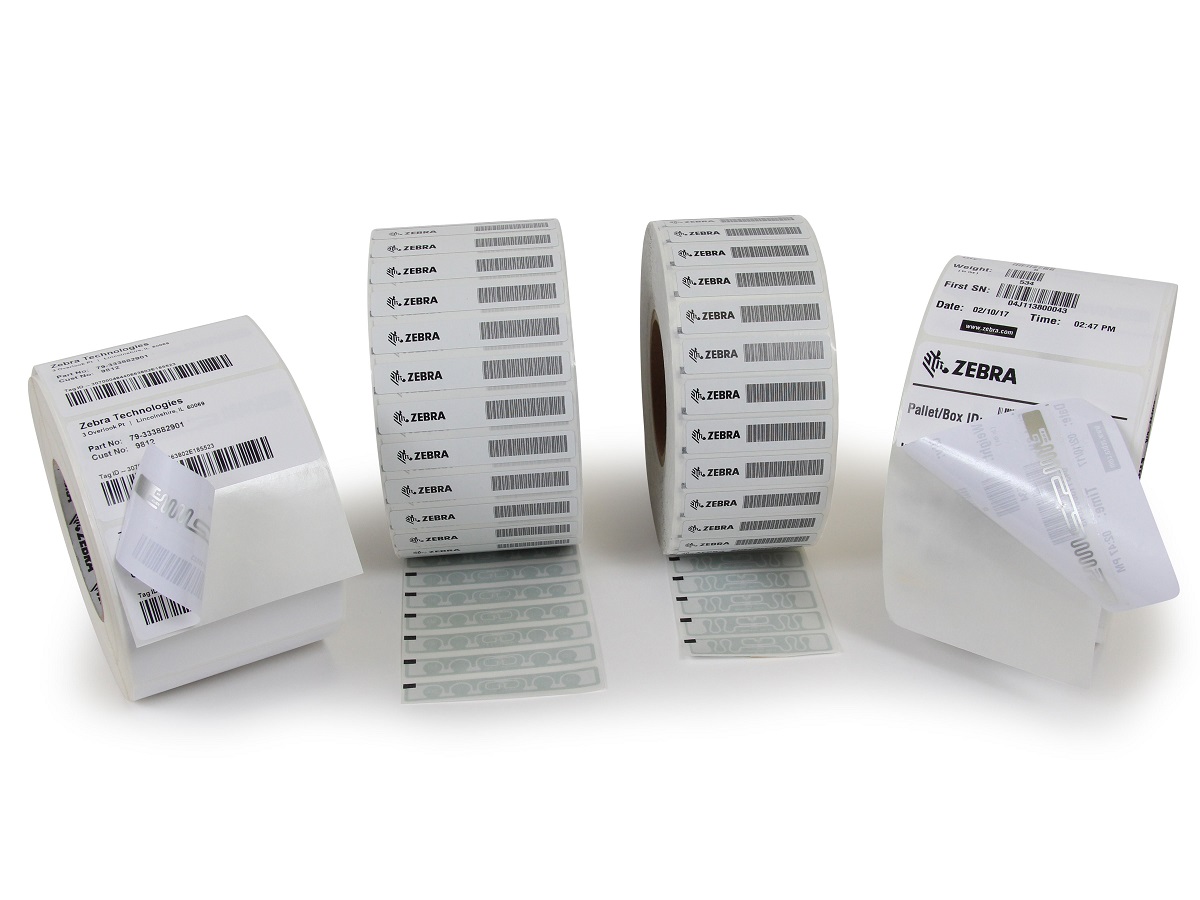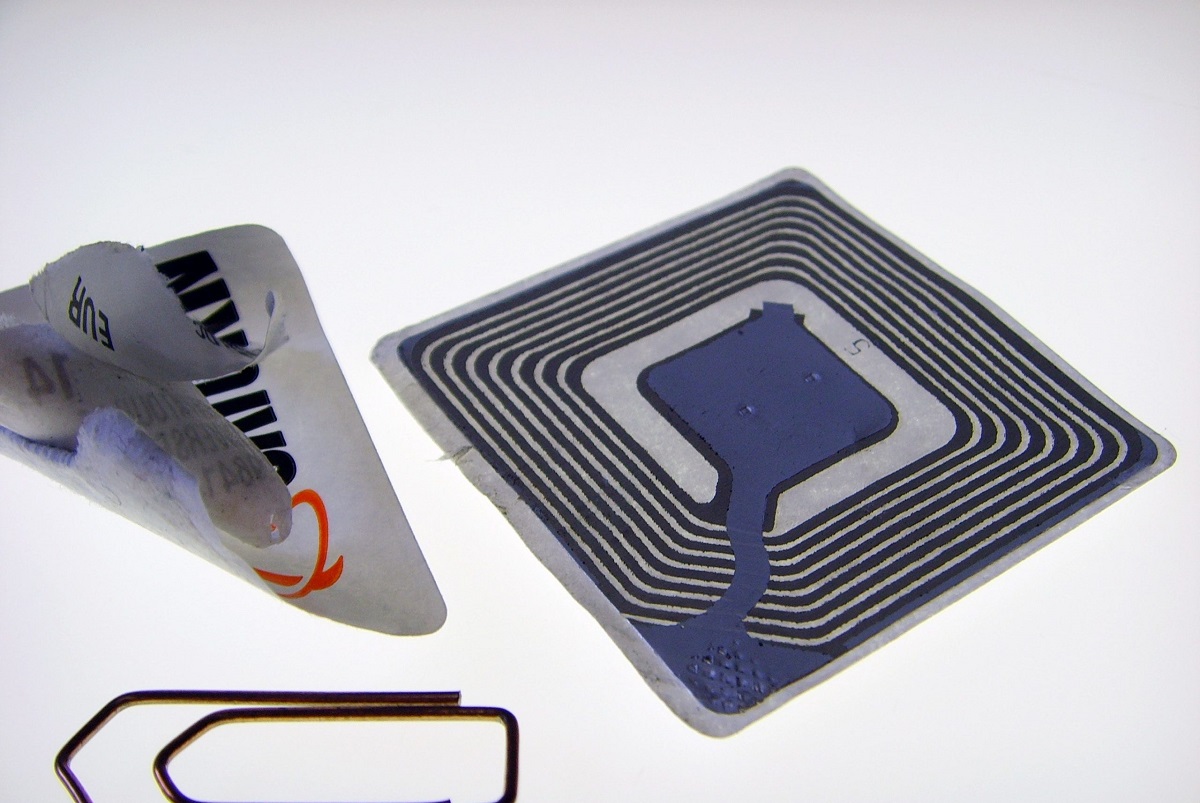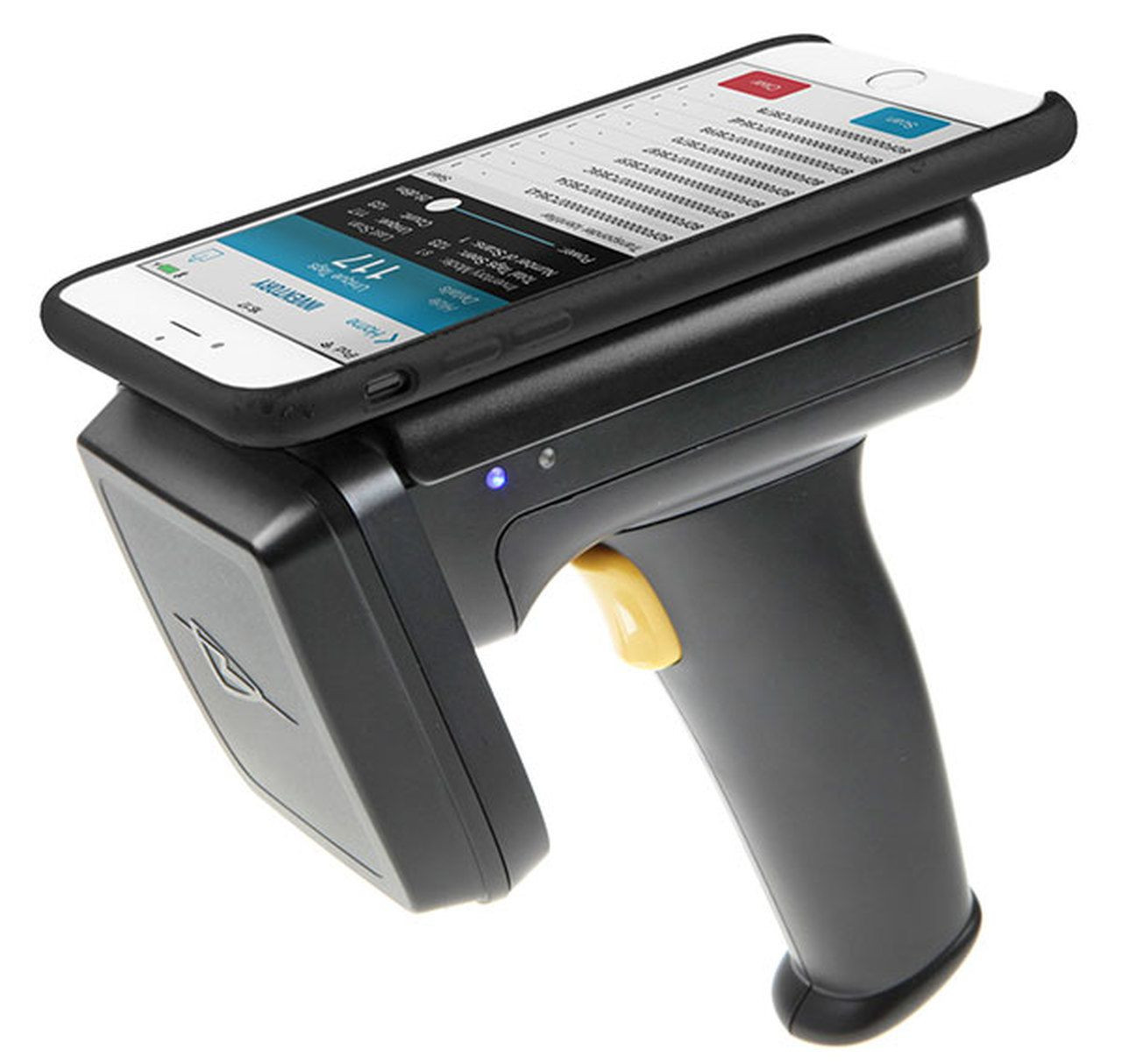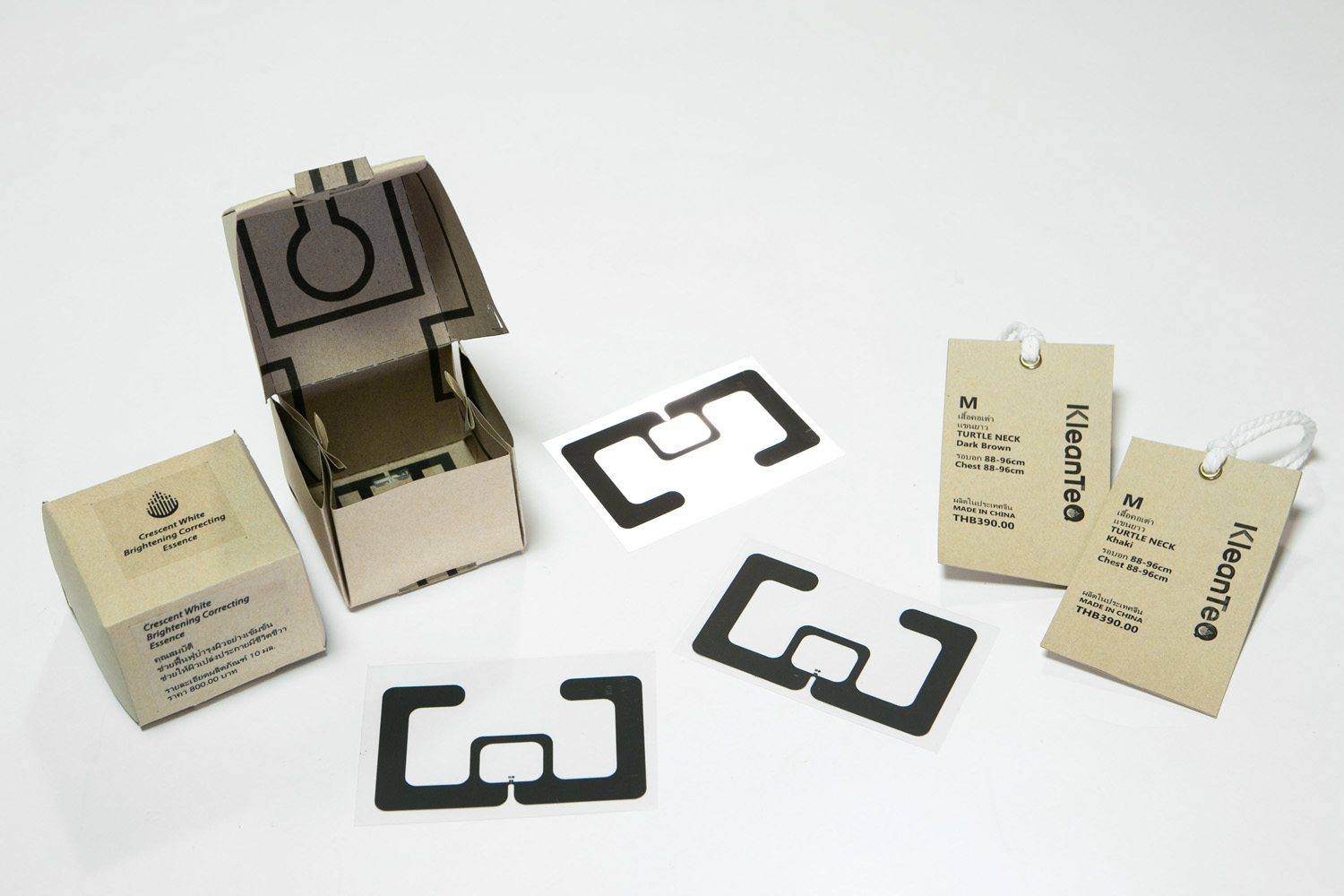Introduction
RFID (Radio Frequency Identification) technology has revolutionized various industries by enabling seamless tracking, identification, and data collection. RFID tags are a crucial component of this technology, as they store and transmit data wirelessly. While RFID tags come in different types, not all are capable of sending signals over long distances. In this article, we will explore the different types of RFID tags and discuss which ones have the capability to send signals over long distances.
RFID tags can be broadly categorized into three main types: active, passive, and semi-passive. Active RFID tags have their power source and can send signals over long distances, whereas passive RFID tags rely on an external reader for power and have limited range. Semi-passive RFID tags fall somewhere in between, with a power source for internal functions but still depend on an external reader for communication.
Active RFID tags are popular for applications that require long-range tracking and identification. These tags typically have a power source, such as a battery, which allows them to transmit signals over long distances, often up to several hundred meters. This makes them ideal for applications such as asset tracking, inventory management, and vehicle tracking.
On the other hand, passive RFID tags do not have their power source and rely on the electromagnetic energy emitted by an RFID reader to power up and transmit data. As a result, they have limited range, usually up to a few meters. Passive RFID tags are commonly used in applications like access control, retail inventory management, and supply chain logistics.
Semi-passive RFID tags combine some of the features of both active and passive tags. They have an internal power source to perform certain functions, such as storing data or sensing environmental conditions. However, they still rely on an external reader for communication, limiting their range compared to active tags.
In the following sections, we will delve deeper into each type of RFID tag, comparing their performance and capabilities in terms of range. Additionally, we will discuss the factors that can affect the range of RFID tags, as well as some popular applications that require long-range RFID tags.
Active RFID Tags
Active RFID tags are equipped with their power source, typically a battery, allowing them to generate and transmit their radio frequency signals. This enables them to have a much longer range compared to passive and semi-passive tags, often reaching several hundred meters. The extended range capabilities of active RFID tags make them ideal for applications that require long-distance tracking and monitoring.
Active RFID tags use battery power to send out continuous signal broadcasts at regular intervals, allowing them to be easily detected and tracked by RFID readers. These tags are commonly used in asset tracking applications, where real-time location information is crucial. For example, active RFID tags are popular in the logistics industry, enabling tracking of valuable assets, such as containers, pallets, and equipment, across vast distances in warehouses, distribution centers, and transportation hubs.
One significant advantage of active RFID tags is their ability to provide enhanced read and write capabilities. They can store more data than passive tags and allow for dynamic updates, such as over-the-air programming or updating of tag information. This flexibility makes them suitable for applications requiring frequent data changes or reprogramming, such as in asset management systems or supply chain management.
Active RFID tags also offer various operational modes to conserve battery life and optimize performance. For example, some tags can be configured to enter a sleep mode when not in use, thus conserving battery power. They can also have adjustable transmission power levels to optimize the range based on the specific requirements of the application.
Despite their advantages, active RFID tags do come with some limitations. The presence of a battery makes these tags larger and more expensive compared to passive tags. The battery life is also a factor to consider, as it determines the maintenance requirements for replacing or recharging batteries in active tags. Additionally, the increased range of active tags can make interference from other nearby RFID systems more likely, requiring careful planning and implementation.
In the next section, we will explore passive RFID tags and their range capabilities compared to active tags.
Passive RFID Tags
Passive RFID tags are an integral part of many RFID applications due to their cost-effectiveness and simplicity. Unlike active tags, passive RFID tags do not have their power source and rely on the energy emitted by an RFID reader for operation. This energy is used to power up the tag’s chip and transmit stored data back to the reader.
Passive RFID tags have a relatively shorter range compared to active tags, typically limited to a few meters. The range can vary depending on various factors such as the frequency used, antenna design, and environmental conditions. The limited range of passive tags makes them suitable for applications where close proximity is sufficient, such as access control systems, retail inventory management, and library book tracking.
One of the primary advantages of passive RFID tags is their small size and low cost. The absence of a battery allows for compact designs, making them suitable for embedding in small items such as retail products or identification cards. Additionally, passive RFID tags are generally less expensive to produce, making them a cost-effective solution for applications that require a large number of tags.
Passive RFID tags are commonly used in asset tracking scenarios where real-time location information is not required, and cost is a significant factor. For example, libraries use passive RFID tags to track books, enabling efficient inventory management and quick checkouts. In retail environments, passive tags are used to track and manage inventory, preventing stock shortages and optimizing supply chain operations.
Another advantage of passive RFID tags is their reliability. Since they do not rely on batteries, there is no need to worry about battery life or power failure. This reliability makes passive tags a suitable choice for applications where long-term, maintenance-free operation is essential.
It is important to note that due to their reliance on external energy, passive RFID tags require the reader to be within close proximity for operation. This limitation also means that passive tags cannot actively broadcast their presence or location, but rather respond only when a reader initiates communication. As a result, real-time or continuous tracking of passive tags may not be feasible.
In the next section, we will discuss semi-passive RFID tags and explore their capabilities and range compared to active and passive tags.
Semi-Passive RFID Tags
Semi-passive RFID tags, also known as battery-assisted passive (BAP) tags, combine features of both active and passive tags. These tags have an internal power source, usually a small battery, which enables them to perform specific functions such as data storage or sensor readings. However, they still rely on an external RFID reader for communication and to provide the energy needed for transmitting data.
In terms of range, semi-passive RFID tags typically have a shorter range compared to active tags but a longer range compared to passive tags. The range can vary depending on factors such as the power output of the reader, the quality of the battery, and the environmental conditions. Semi-passive tags are often used in applications that require a moderate range, such as toll collection systems, parking access control, or equipment monitoring.
One of the main advantages of semi-passive RFID tags is their ability to store and process data internally. The internal battery powers these processes, allowing the tag to perform functions even when not in the presence of an RFID reader. For example, semi-passive tags can store sensor measurements or log events, making them suitable for applications that require data logging or environmental monitoring.
Another advantage of semi-passive RFID tags is their improved communication reliability. With an internal power source, these tags can generate a stronger signal for transmission compared to passive tags, resulting in better signal reception by the reader. This enhanced reliability makes them suitable for environments where there may be obstacles or interference that could affect communication.
However, like active and passive tags, semi-passive RFID tags also have their limitations. The presence of a battery increases the size and cost of the tags compared to passive tags. Additionally, the battery life of semi-passive tags needs to be considered, as it will affect the overall maintenance and replacement requirements.
In the next section, we will compare the range capabilities of active, passive, and semi-passive RFID tags and discuss factors that can affect the range of these tags.
Comparison of Long-Range RFID Tags
When it comes to long-range RFID tags, active tags are the most suitable option due to their ability to send signals over considerable distances, often reaching several hundred meters. The presence of a power source in active tags enables them to generate strong and reliable signals, making them ideal for applications that require long-distance tracking and monitoring.
Passive RFID tags, on the other hand, have a limited range, usually restricted to a few meters. This is because they rely on the energy emitted by an RFID reader to power up and transmit data. While they are cost-effective and suitable for applications where close proximity is sufficient, such as access control or retail inventory management, they are not suitable for long-range applications.
Semi-passive RFID tags fall somewhere in between active and passive tags in terms of range capabilities. With an internal power source, they can transmit signals over a longer range compared to passive tags but are still surpassed by the extended range of active tags. Semi-passive tags are commonly used in applications that require a moderate range, combined with the ability to perform certain functions internally, such as data storage or sensor readings.
It is important to note that the range of RFID tags can be affected by various factors, regardless of the type. One key factor is the frequency used, as different frequencies have different propagation characteristics. In general, higher frequencies tend to have shorter range capabilities compared to lower frequencies.
The design of the RFID tag antenna and reader antenna also plays a significant role in determining the range. Antennas with higher gain or directional characteristics can enhance the range, while poorly designed or mismatched antennas can result in decreased range and weaker signal reception.
Environmental factors like interference, physical obstacles, and the presence of liquids or metals can also affect the range of RFID tags. For example, dense materials or liquids can absorb or reflect RF energy, leading to reduced range and weakened signals. Similarly, other RFID systems operating in the same frequency range can cause interference and affect the performance of RFID tags.
In summary, active RFID tags offer the most significant range capabilities, allowing for long-distance tracking and monitoring. Passive tags have a limited range, suitable for close-proximity applications, while semi-passive tags offer a moderate range along with additional functionalities. Understanding the range capabilities and factors affecting RFID tags is crucial in selecting the appropriate tag type for specific application requirements.
Factors That Affect RFID Tag Range
The range of an RFID tag, whether active, passive, or semi-passive, can be influenced by various factors that affect the signal strength and propagation. It is crucial to understand these factors to optimize the performance of RFID systems and ensure reliable communication between tags and readers.
1. Frequency: The frequency used by the RFID system plays a significant role in determining the range. Generally, higher frequencies, such as 2.4 GHz, offer shorter range capabilities compared to lower frequencies like 125 kHz. Higher frequencies are more susceptible to signal attenuation caused by physical barriers and interference.
2. Antenna Design: Both the RFID tag antenna and the reader antenna design impact the range. Antennas with higher gain can boost the transmitted and received signal strength, extending the range. Additionally, the directionality of the antennas can enhance the range in a specific direction, enabling targeted communication.
3. Power Output: The power output of the RFID reader affects the strength of the signal being transmitted to the tag. Higher power output can lead to increased range, enabling better tag detection and communication. However, it is essential to comply with regulatory limits to avoid interference with other systems or devices.
4. Environmental Factors: Factors such as physical obstacles, metallic objects, liquids, and electromagnetic interference can impact the range of RFID tags. Dense materials and liquids can absorb or reflect RF energy, reducing the range and weakening the signal strength. Metallic objects can cause reflections and interference, affecting the reliability of communication between tags and readers.
5. Tag Orientation and Placement: The orientation and placement of the RFID tag concerning the reader antennas can influence the range. Proper alignment between the tag and reader antennas allows for better signal transfer and signal strength, maximizing the range of communication.
6. RFID System Interference: The presence of multiple RFID systems operating in the same frequency range can lead to interference and decreased range. It is important to ensure proper frequency management and system design to prevent interference and optimize range performance.
7. Power Source and Battery Life: For active and semi-passive RFID tags, the power source and battery life also affect the range. A fully charged battery in an active tag results in stronger and more reliable signals, ensuring better range capabilities. Monitoring and managing battery life are essential to maintain optimal tag performance and range.
By considering and addressing these factors, RFID system designers and operators can optimize the range of RFID tags. Careful planning, antenna design, frequency selection, and managing environmental constraints contribute to reliable communication and maximize the effectiveness of the RFID system.
Applications of Long-Range RFID Tags
Long-range RFID tags, particularly active tags, find numerous applications across various industries. The ability to send signals over considerable distances makes them suitable for tracking, identification, and monitoring in a diverse range of scenarios.
1. Asset Tracking: Long-range RFID tags are commonly used for asset tracking in industries such as logistics, manufacturing, and construction. These tags enable real-time tracking of valuable assets, such as containers, vehicles, equipment, and large machinery, across vast distances in warehouses, distribution centers, and construction sites.
2. Vehicle Tracking: Long-range RFID tags are utilized in vehicle tracking systems for efficient fleet management and security purposes. Active RFID tags installed on vehicles enable real-time tracking of their location, resulting in improved operational efficiency, reduced theft, and precise inventory management.
3. Supply Chain Management: Long-range RFID tags play a crucial role in supply chain management by providing visibility and traceability of products at various stages of the supply chain. With the ability to transmit signals over long distances, these tags enable streamlined inventory management, improved stock accuracy, and enhanced logistics.
4. Toll Collection: Long-range RFID tags are utilized in electronic toll collection systems to enable seamless and efficient payment at toll booths. Active tags mounted on vehicles communicate with RFID readers at toll plazas, allowing for automatic payment and faster processing, reducing congestion and improving traffic flow.
5. Access Control: Long-range RFID tags find applications in access control systems, particularly in situations where hands-free or remote access is required. These tags can be integrated with entry gates or doors, allowing authorized individuals to gain access without physically presenting the tag, enhancing convenience and security.
6. Wildlife Monitoring: Long-range RFID tags are used in wildlife monitoring and research projects, enabling researchers to track and study the movement and behavior of animals over expansive areas. These tags can be attached to animals, such as birds or marine mammals, and provide valuable insights into their migration patterns and habitat preferences.
7. Environmental Sensing: Long-range RFID tags with integrated sensors are employed in environmental monitoring applications. These tags can measure parameters such as temperature, humidity, or air quality and transmit the collected data over long distances, allowing for real-time monitoring of environmental conditions in remote or inaccessible locations.
8. Construction Site Safety: Long-range RFID tags are utilized in safety systems on construction sites to monitor the presence and location of workers and to ensure compliance with safety protocols. These tags can alert workers when they enter restricted areas or hazardous zones, improving safety and reducing accidents.
The applications of long-range RFID tags are diverse and continuously expanding as technology advances. The ability to send signals over long distances offers numerous benefits in terms of improved efficiency, enhanced security, and streamlined operations across various industries.
Conclusion
RFID technology has revolutionized various industries with its ability to track, identify, and collect data wirelessly. When it comes to long-range applications, different types of RFID tags offer varying capabilities. Active RFID tags, equipped with their power source, have the ability to send signals over long distances, making them suitable for applications such as asset tracking and vehicle monitoring. Passive RFID tags, relying on an external reader for power, have a limited range and are commonly used in access control and retail inventory management. Semi-passive RFID tags, combining features of active and passive tags, offer a moderate range and are used in applications that require additional functionalities.
Various factors can affect the range of RFID tags, including frequency, antenna design, environmental conditions, tag orientation, and power output. Understanding and addressing these factors are crucial for optimizing the range and performance of RFID systems.
Long-range RFID tags find applications in asset tracking, vehicle tracking, supply chain management, toll collection, access control, wildlife monitoring, environmental sensing, and construction site safety, among others. The ability to transmit signals over long distances offers benefits such as real-time tracking, enhanced efficiency, improved safety, and streamlined operations in diverse industries.
As technology continues to advance, the range and capabilities of RFID tags are expected to improve further, enabling even more innovative and impactful applications.
In summary, long-range RFID tags play a vital role in various industries, offering the ability to track, monitor, and collect data over extensive distances. The choice of RFID tag type depends on specific application requirements, with active tags providing the longest range capabilities, followed by semi-passive and passive tags. By understanding the range factors and selecting the appropriate tag type, businesses can leverage the power of long-range RFID technology to optimize operations, increase efficiency, and enhance overall performance.

























